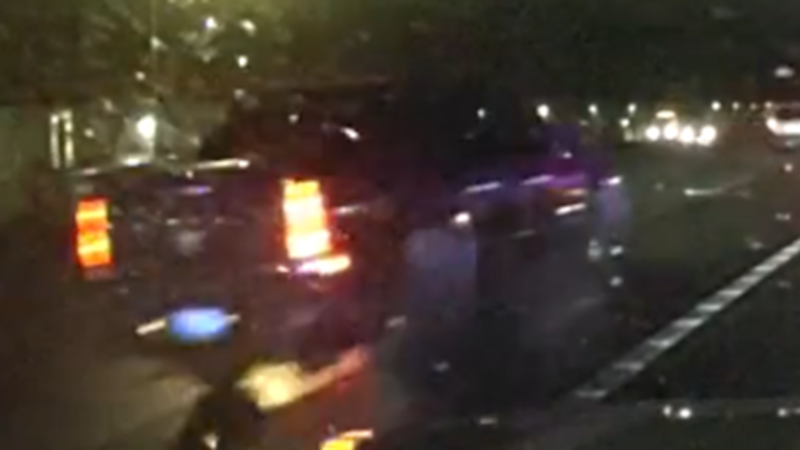SEATTLE — Seattle’s growth and future transportation needs have been a hot topic among local officials recently.
On Friday, Seattle Councilmember Mike O’Brien added to that conversation and advanced efforts to construct more bike lanes in downtown.
Related: Seattle commuting trends change over six years
O’Brien kicked off a meeting of the council’s Sustainability and Transportation Committee by reading a list of people who were injured or killed in collisions in Seattle. He said that it was just the names he got from news reports, not a city report. According to him, there are likely more.
“In the first five weeks of the year, to have six injuries or fatalities, it’s horrific,” O’Brien said. “If these were gunshot violences (sic) we would be convening task forces and committees and figuring out how we would change. But somehow when it’s folks walking across the street or biking between jobs, it gets buried in the news and we go on about life.”
His remedy is to instruct the Seattle Department of Transportation to report back in March with actions the city can take to solve the issue. A big part of this is a plan promoted by the city’s Bike Advisory Board.
The plan is a series of downtown routes that could be slated for protected bike lanes. It’s something that O’Brien wants to push forward and get approved by the council.
The plan for more downtown bike lanes include stretches of:
- Roy and Mercer Streets
- Queen Anne Avenue or 1st Avenue
- Bell or Blanchard Street
- 2nd Avenue
- 9th Avenue
- 7th and 8th Avenue
- Pike or Pine Street
- 4th Avenue
- Main Street and 5th Avenue
- King Street
- 12th Avenue
There are already protected bike lanes on Broadway, 2nd Avenue, and part of Mercer Street. Unlike regular bike lanes painted on the side of the road, protected bike lanes are separated from cars with physical barriers.
Bike lanes and Seattle growth
To make the case for more bike lanes — and transit, etc. — the recently-released Seattle commuting study was often referenced in the meeting, noting that single-occupancy car ridership has decreased in the past six years. Meanwhile, transit, walking, and biking have increased all while downtown Seattle added 45,000 new jobs.
SDOT Director Scott Kubly said that if Seattle is to avoid total gridlock, the city will have to support alternative methods of transportation to keep up with even more jobs. He said that Seattle will add about 60,000 new jobs in the next 20 years. That will likely bring 25,000 new households into town, which could pose a problem if they also include cars.
“Our transportation system is essentially at saturation for cars,” Kubly said. “For all those peak period trips we will need to find some way, other than driving alone, to get folks into and out of downtown.”
Without investing in other forms of transportation, Kubly said that drive time in cars will increase by 66 percent in the coming years.
Cox Media Group






